· 13 min read
Marvel Snap, Marvel Contest, CoD Mobile: What makes them a mass market hit?

Om Tandon
Founder/Games Consultant at UX Reviewer.com.
Editors note: This article was written by Om Tandon, industry specialist, game consultant and UX Director. You can read his original version here.
What does the stellar mass market success of games like Marvel Snap, Marvel Contest of Champions and CoD Mobile share in common? No, it’s not just that they are all popular IP/Franchises. (IP driven games fail very often too, it took 3 versions to get CoD right on mobile). While it’s true there is no one factor or a “Reductionist” winning formula like gameplay, IP or UA. There is however a common pattern or framework that emerges, when you look closer at the success of developers who chose to adapt traditionally hard core PC/Console genres successfully on mobile…Is there really such a framework? and if it exists can it be repeated?…read on to find out!
Marvel Snap is getting 10X more downloads and 10X more revenue compared to CCG’s like Hearthstone and Magic the Gathering, as per Apps Radar on mobile.
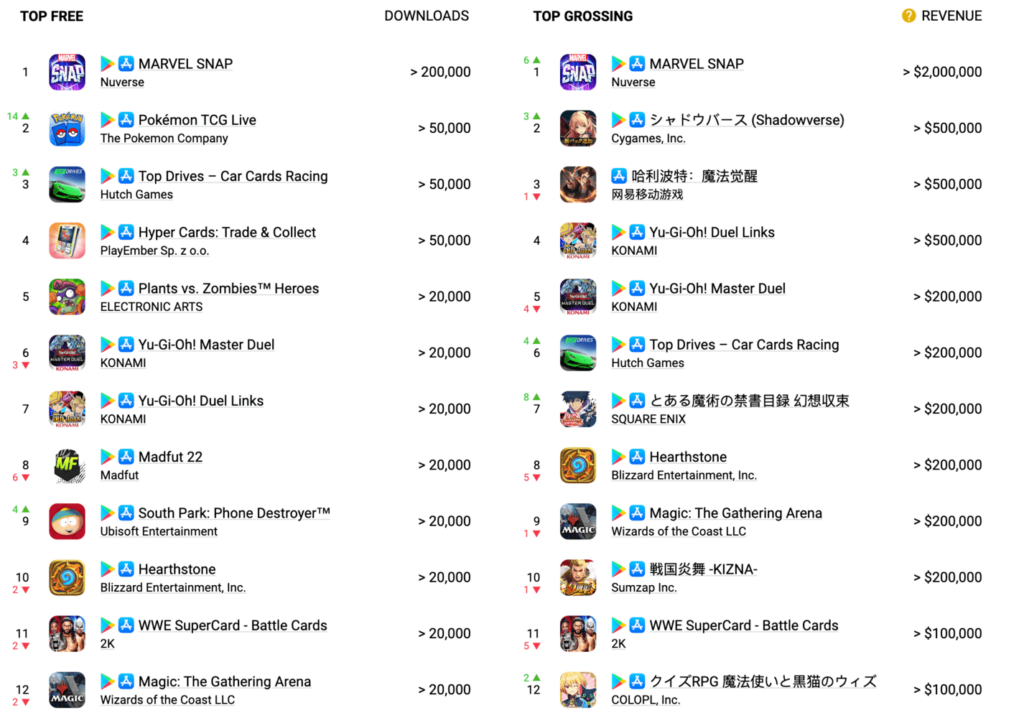
This latest CCG sensation from the developer “Second Dinner” has taken the world by storm since late 2022, amassing millions of downloads, becoming game of the year and recently touched 30 million dollars in worldwide revenue as per games.biz.
This game has truly taken CCG or Card Collectible Genre games to the masses. CCG being a traditional genre (Magic the Gathering, Hearthstone) has always had a big fan following on PC, but it has been somewhat niche in appeal on mobile, as these games involve deep strategy, elaborate deck building, mental gymnastics and calculated moves, requiring massive time sinks, memorising of minions, spells, hero powers which pushes this genres appeal to a more mid core to hard core player rather then a casual player.
Marvel Snap from ex Hearthstone (Blizzard) team, does what many successful mobile adaptation of traditional mid core/hard core games genres have historically done – EASING and ERASING the cognitive loads for mass market appeal.
Load Reduction: The Framework
I have written extensively about the concept of “Easing and Erasing” of cognitive loads for players on mobile in my previous article series on “Marvel Contest of Champions” and in a 2 part series on FPS games on mobile. (CoD mobile’s success lines up with this thesis)

Just like a juggler simultaneously managing multiple weights in the air, which calls for intense concentration, dexterity and a high degree of skill. A game imposing multiple cognitive loads on a “Casual” player can frustrate them by placing immense friction in their path.
Many traditional PC/Console game genres especially mid core/ hard core games, make players simultaneously juggle multiple loads that force the player to learn, think, memorise, and keep track of multiple aspects of the game, like manage resources, multi touch inputs, strategic planning, constant peer pressure, stats. min/maxing, buffs/de-buffs soliciting, as a result all of these loads make the; learning, playability, skill and mastery curve steeper for an “Casual” player, making the game appear hard to play, now combine this with the amount of real estate you have on mobile devices, all these loads ramp up friction and act as a high barrier to entry for casual players on mobile.
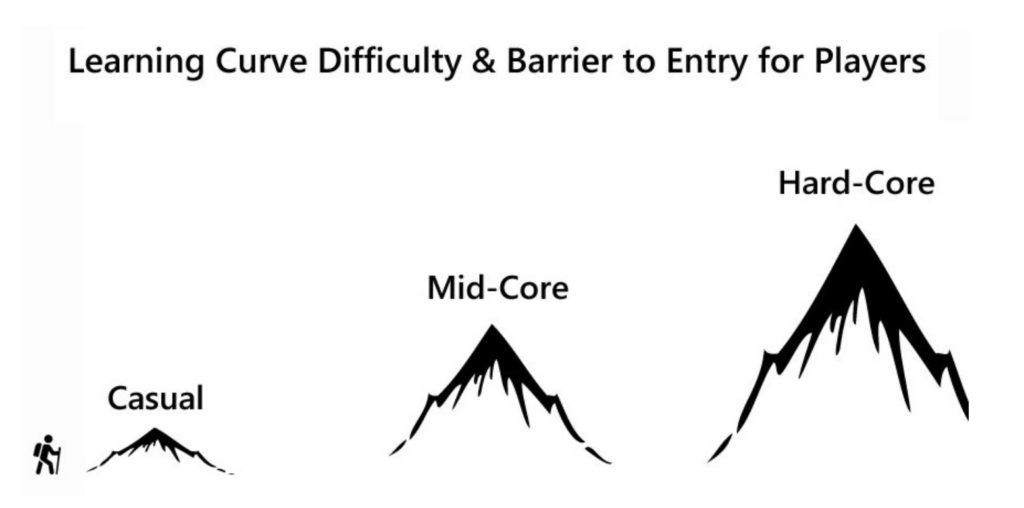
The question that begs an answer is, if you are a mobile game developer seeking mass market appeal for a traditional PC/Console genre, how do you revise these loads for casual players, while still keeping the genre’s essence intact?
Load Management is the key…
From repeat successes I have seen and analysed over the years, many developers that made the successful mobile adaptation of mid/hard core genres for mass market appeal have either altogether removed certain loads (Load Erasing) or reduced the load’s magnitude ie: difficulty of those loads (Load Easing) by trading off and diluting game mechanics.
Let’s look at some case studies, here are two traditionally hardcore PC/console genres games that became breakout hits on Mobile that I have analysed in the past:
Marvel Contest of Champions

1) Brawler Genre: Top grossing hit Marvel Contest of Champions applied the load management framework to make high dexterity and multi input dependent “Brawler Genre” accessible for casual mobile players
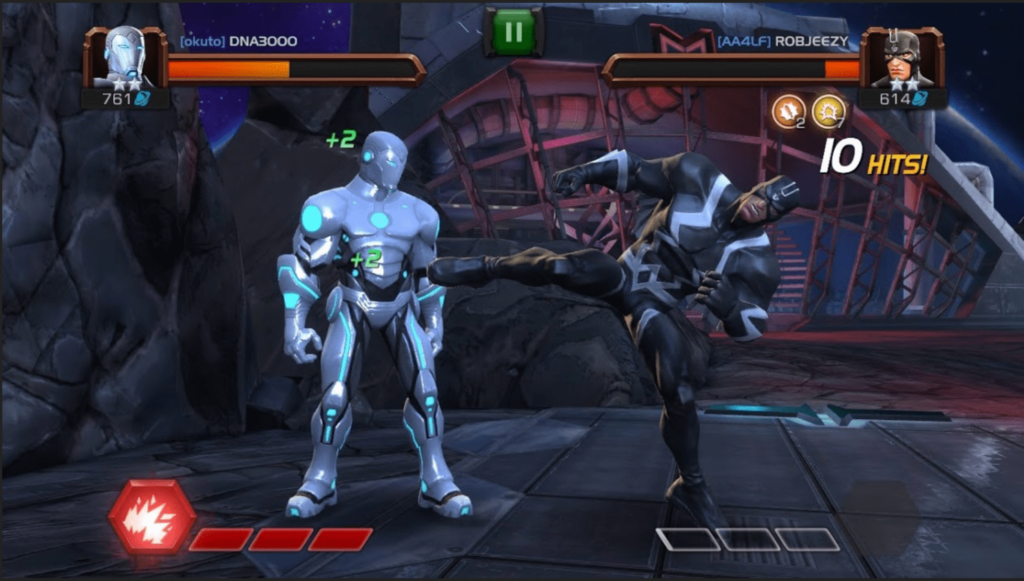
Marvel Contest of Champions
Classic brawler games from arcade machines to pc, console, hand held devices have always been about the thrill & skill of mastering varying combos and moves with swift reaction time.
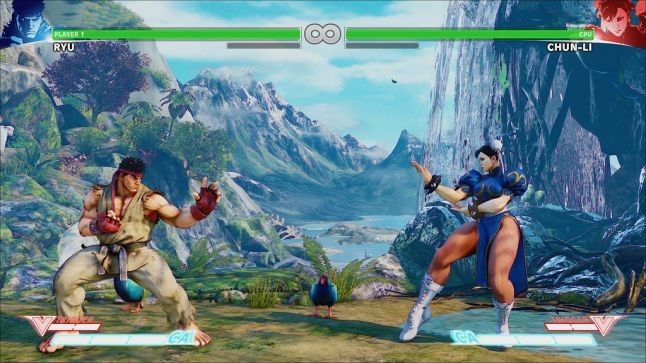
Street Fighter
Traditional street brawlers like “Street Fighter” have an assortment of moves mapped to the controller as seen below. Just like FPS, this genre also traditionally demands high motor and sensory coordination as the fights are in real time with an enemy who can execute ‘N’ number of combos and special attacks, countering them requires adapting your hero’s fighting controls on the fly.

How controls map to “Classic Brawler” games on Console & PC
We can see above, how in classical brawlers not only player has to track opponents movement but also combines them with well timed combos for punching and kicking.
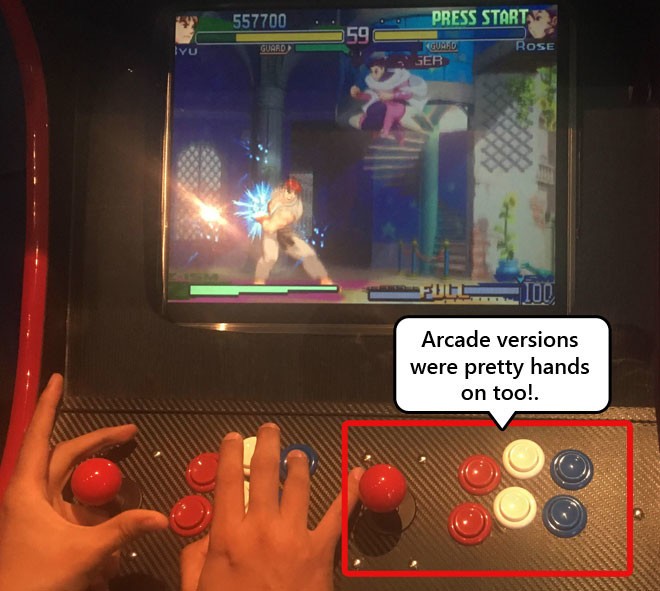
Legacy arcade “Brawler” genre controls found their way into Pc/Console adaptations.
Origin of course lies in the old arcade machines, which were designed to fully engage and immerse players within the game session, without affordance for distractions. Tactile controls were designed to use and engage multiple fingers at a given time. needing players complete immersion and involvement.
In contrast to the classical definition of brawlers, Marvel contest deviates quite a bit by “Simplifying the diverse combat system” which some may consider the beating heart of this genre.
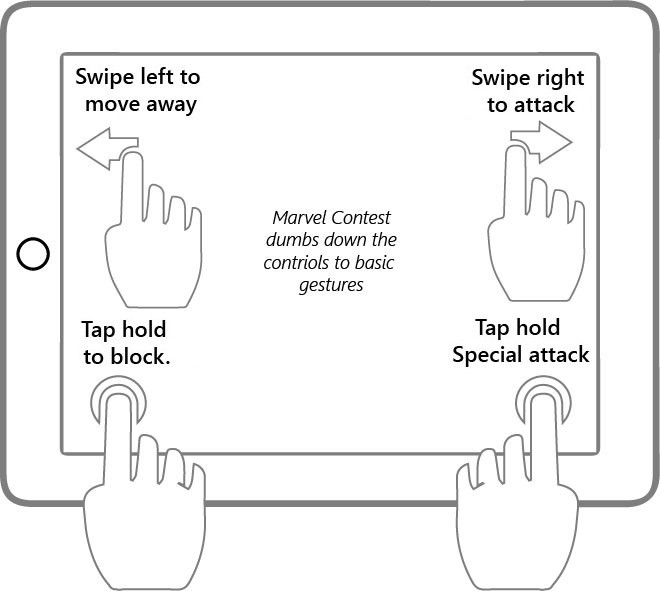
Marvel Contest: Control Scheme
Marvel Contest, in contrast, dilutes this volley of inputs to just few taps and swipes which is sensible for mobile devices as affordance for distractions is high and supporting muti-touch input of different fingers together is cumbersome if not impossible.
Marvel Contest achieved this by load management via Erasing of loads, where in, the heavy cognitive loads involved in traditional pc and console games are removed altogether, to achieve better balance and match the skills of casual mobile audiences.

Marvel Contest, mainly ERASES the loads of “Classic Brawler” genre by simlifying and automating controls and battle moves to “4 simple” inputs from the player, erasing 8 different kind of combos and inputs altogather!
(Read the full article, I published in 2016)
CoD Mobile

2) FPS Genre: From a pure User Experience & loads perspective, FPS games have traditionally required a high level of mastery and precision too. An FPS player juggles multiple cognitive loads of varying magnitudes at the same time while coordinating motor & sensory skills, overcoming the friction of controls in order to achieve their goal. This cognitive load is much greater in magnitude and complexity compared to other hardcore genres found on mobile (RTS, RPG, MOBA, TPS, etc.)
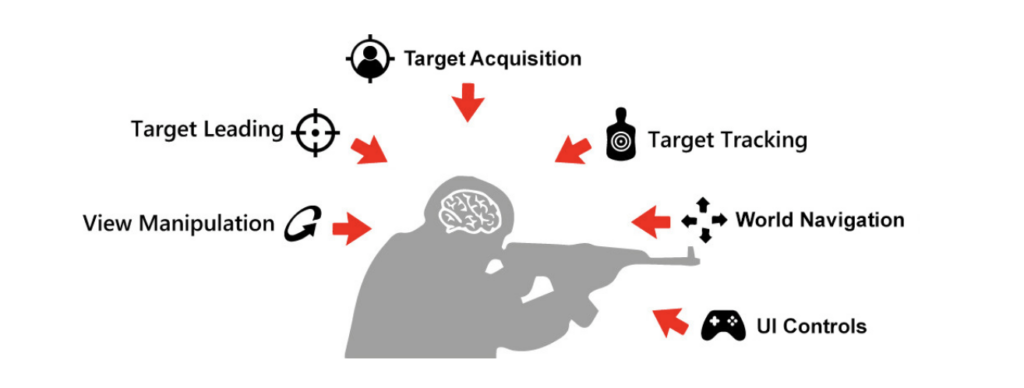
Mapping out FPS genre specefic Heurestic loads
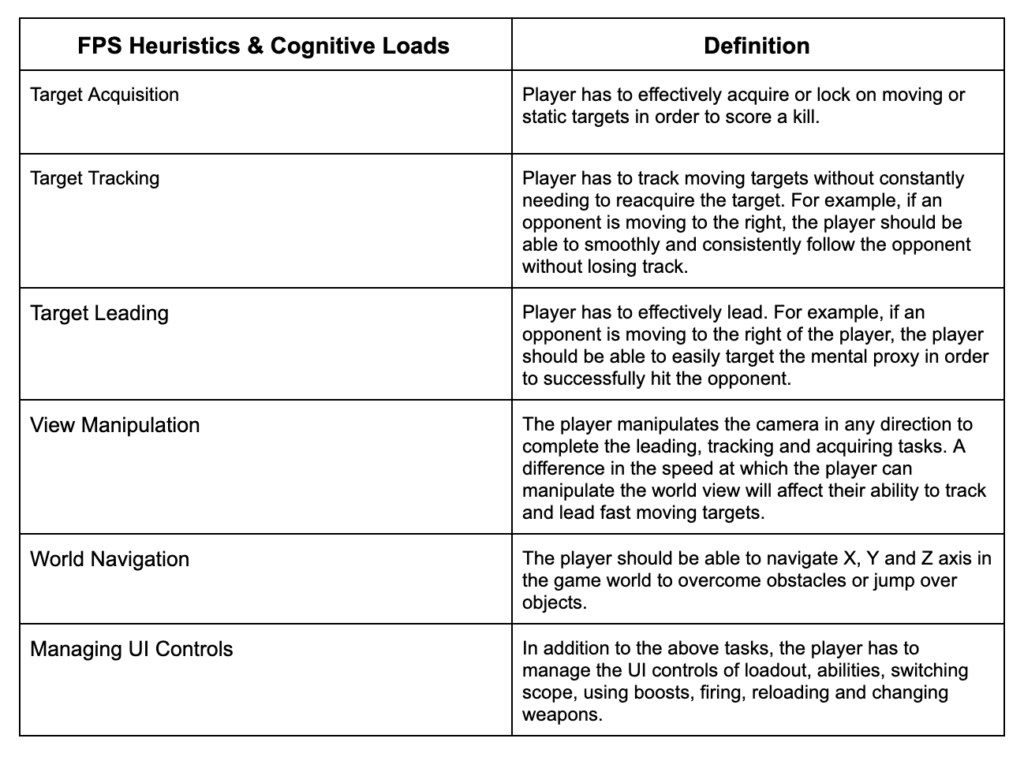
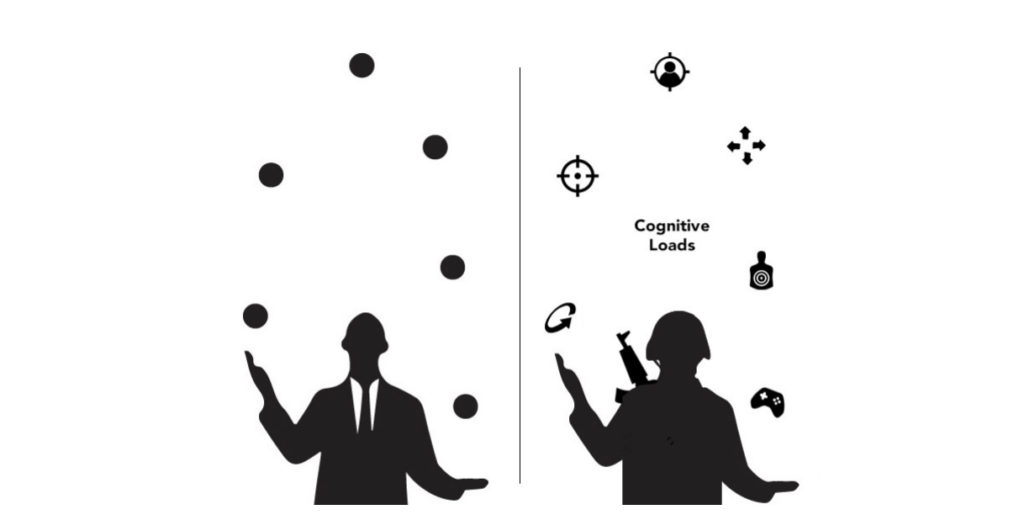
Using our juggler analogy we can see in a pure traditional FPS their are at least 6 loads a player has to juggle!
Given the small real estate (screen size) of mobile devices, this problem is even further compounded by Fitt’s law:

Fitt’s Law: The smaller the target and the farther a player needs to move, the harder it is for them to successfully complete the action, especially with time pressure.
Fast movement and dexterity are the hallmarks of FPS games. Players are constantly moving around the 3D world attempting to identify targets and then move their cursor quickly to shoot their opponents. Moving this to mobile only makes things harder. This is one of the fundamental reasons why shooters on mobile have been hard to crack — too much cognitive load, and too frustrating to track targets.
So how does COD Mobile attempt to fix this? The game recognises and embraces two distinct player types: casual and core. They keep the funnel wide by having a primary mode which keeps the cognitive loads low, and they also have modes where pro players can have all the control they want.
ERASING: Reduced number of cognitive loads
COD Mobile very effectively erases a number of cognitive loads (mentioned above) a FPS player has to manage by enabling features like auto-firing, aim-assist and CoD’s best-in-class ease of movement, which automates these actions. This emphasis on ease is reflected in the 2 default control options that COD Mobile offers:
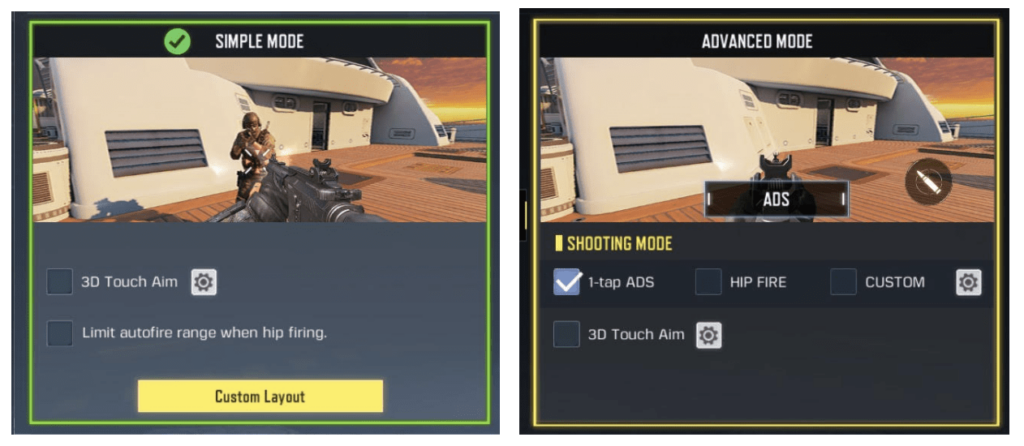
These default simplified control schemes give casual players an easier learning curve, along with greatly reduced cognitive load in line with what they are accustomed to on mobile.
Thus simple mode actually “Erases many Loads” for players in line with our load management framework.
EASING: Controls for Advanced Players
While default control schemes work well for casual players, the “Advanced Controls” offer a wide variety of customisation options (in line with PC & console game settings) for hardcore players who are very particular about their preferences and like to heavily experiment & customise UI inputs to their own play styles.
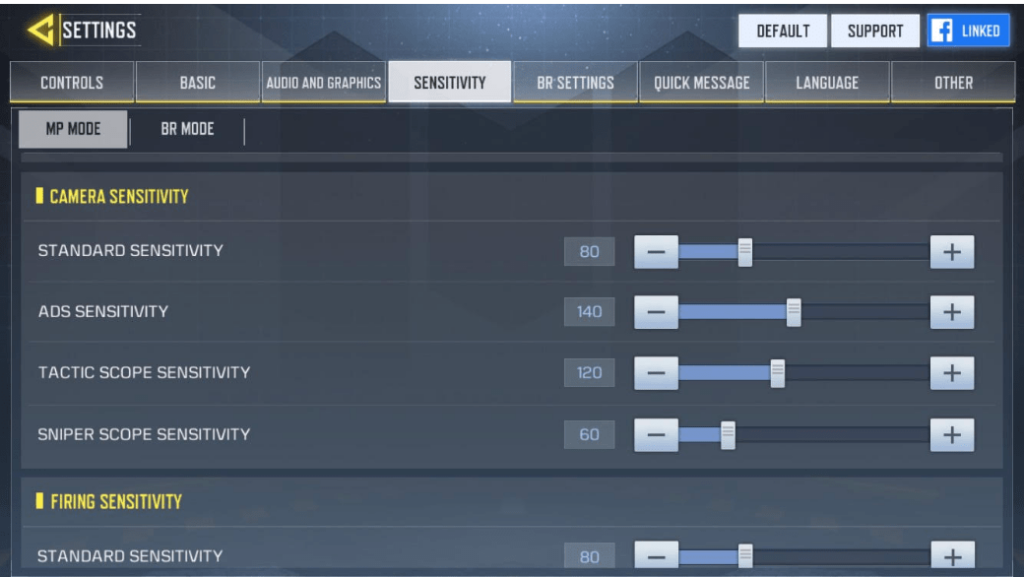
If players want, they can adjust the sensitivity and turn “On” and “Off” up to 25+ parameters from the “Basic” and “Sensitivity” control menus covering everything from auto firing and auto sprinting to the gyroscope and movement sensitivity.

On top of that, advanced controls give the ability to individually scale, move and configure each button/UI item on the HUD, allowing players the ability to literally build and personalize their own user interface. This is an example of “Easing Loads” via giving players ability to adjust the magnitude or difficulty of traditional FPS loads
In short:
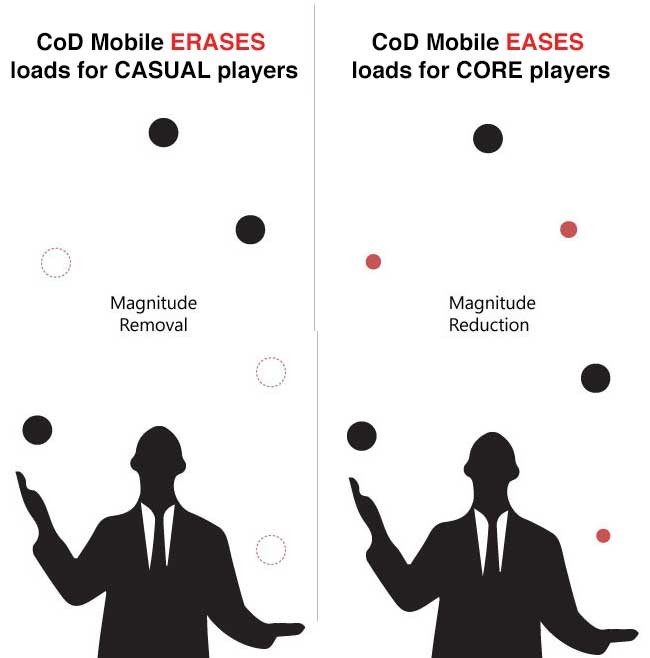
CoD Mobile tailors to the preferences of both casual and hardcore players in control schemes via reducing the impact of traditional FPS cognitive loads, while offering a high degree of customization and make the game more accessible, enjoyable and playable on mobile, lowering the high barrier to entry normally found in the FPS genre.
Now that we have seen this Framework of Easing/Erasing loads repeat itself with two traditionally core PC/Console genres.It’s time to see how Marvel Snap does the same!
Marvel Snap

Before we look at CCG loads, let’s talk about the IP, Marvel universe is the most sought after and recognisable cinematic brand worldwide and has a huge fan following across demographics, appealing to a broad age group from (Gen Alpha under, 12 year olds to Baby Boomers, 55 year +) , in fact it beats iconic franchises like Star Wars by a mile.
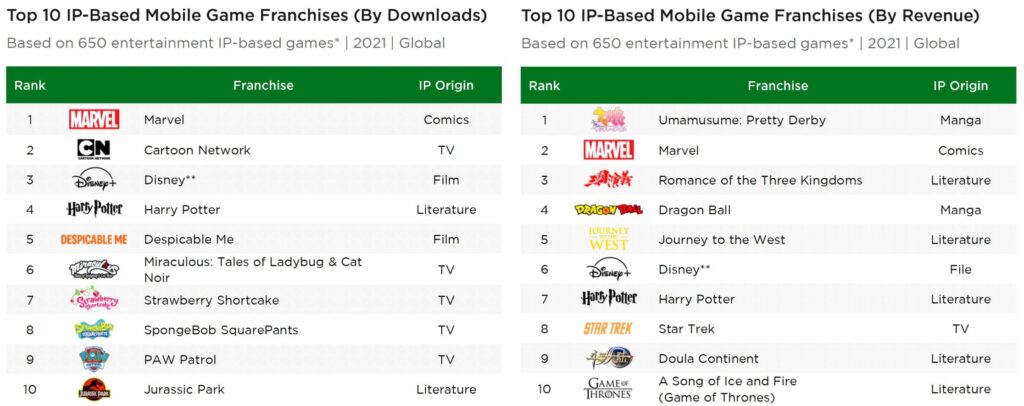
UA Edge: The IP not only adds more flair and familiarity to the genre, it also aids in competing with big franchises like Hearthstone and Magic by driving organic downloads helping a small studio effectively use it as a UA tactic.
Choice of the IP is smart, as it brings familiarity and curiosity amongst a more casual audience who might never have heard or played fantasy CCG games like “Hearthstone” and “Magic the Gathering” in the past
That said, as we know IP is a big factor in organic growth but IP alone is not enough for making a game successful, retention, ease of play and stickiness of core loop are the more important ingredients, that’s where Marvel Snap shines by successfully using Easing/Erasing of user loads.
3) CCG Game Loads:

Traditional CCG games like Hearthstone feature complex game rules and mechanics. In these kind of games, hundreds of unique cards with different special effects make the game fun to play yet difficult to master for players.
In a nutshell Hearthstone is a 2-player turn-based zero-sum strategy game with imperfect information, and complex states such as non-determinism, and partial observability. Chance events are everywhere such as summoning a random minion, or casting a random spell to random targets.
Loads a player needs to manage in a CCG game like Hearthstone
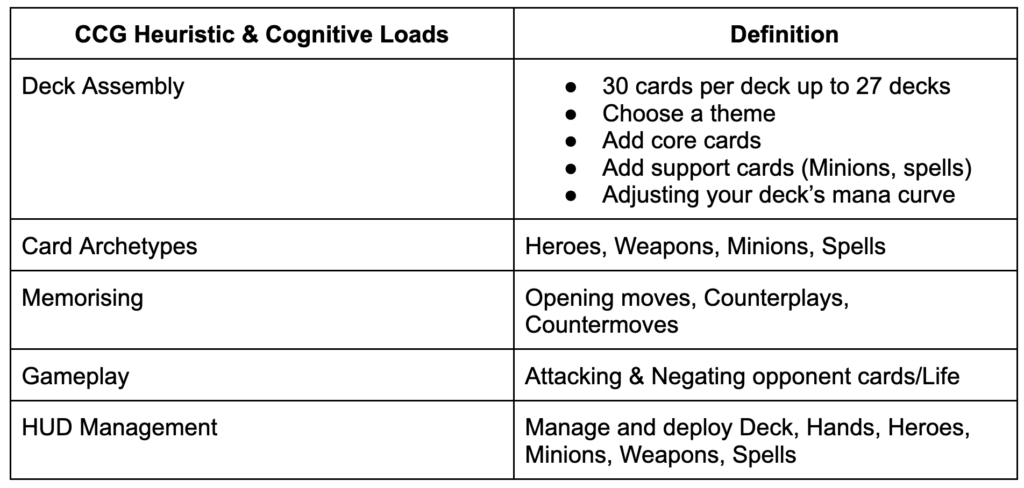
Given this wide variety of actions, management of cards, decks, memorising large no. of moves and strategising alongside resource management is something we know, easily overwhelms a causal player.
Using the Easing/Erasing load management framework we saw earlier in the article, here is how Marvel Snap leverages it.
Easing Deck building Load: Instead of elaborate card selection and deck building which games like Hearthstone require (Hundreds of cards, with players building up to 27 custom decks, each deck having 30 cards)..which you can imagine requires time and labour along with good understanding of what each card does. MS simply has 2 decks to start with for the player with each deck comprising of only 12 cards.
Deck building is pretty automated from start. Players do not have to actively think about which cards should go in which deck right off the bat. This removes the need for a steep learning curve and does not overwhelms a casual player
Erasing Card Archetypes: Marvel Snap cards are primarily Marvel Universe “Heroes” from popular crowd pleasers like, “Ironman”, “The Hulk” and “The Punisher” to lesser known heroes like “Quick Silver” and “Misty Knight”.
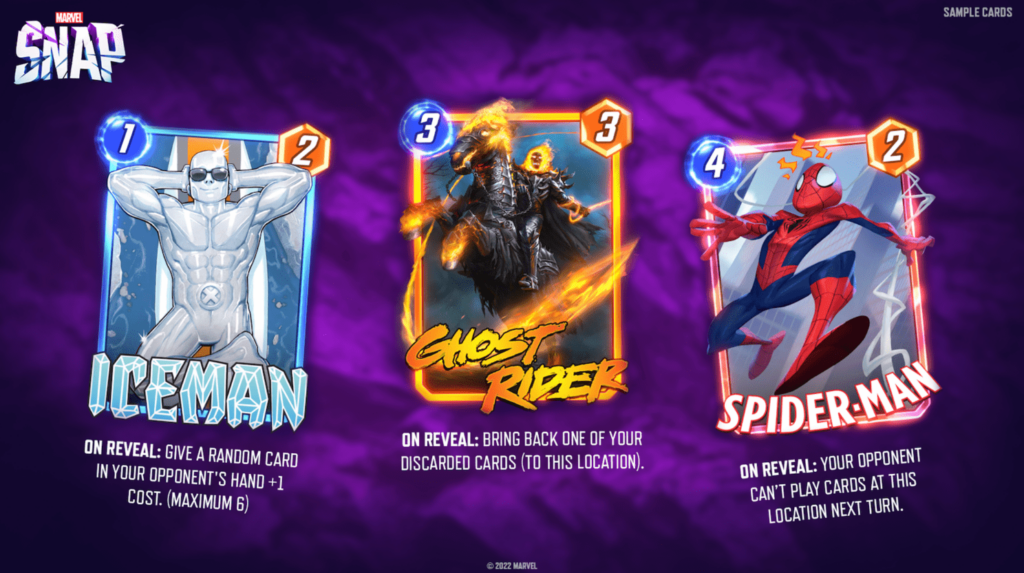
Archetypes like Weapons, Minions and Spells cards found commonly in other CCG’s are totally missing, which removes the load of remembering, understanding and synergising these varied archetypes, simplifying the gameplay.

Easing Memory Load: This is a by-product of simplification of “Easing” elaborate deck building and “Erasing” card archetypes, as players don’t have to memorise any opening plays, specific counter-plays and counter moves, removing the need for strategising before getting in to a game.
Erasing Attack on Opponent Cards: The load of attacking the life of individual cards played by your opponent has been completely removed. By having a location based winning approach, players just need to focus on amassing more and more points on each location, removing the need to target and attack individual cards played by the opponent.
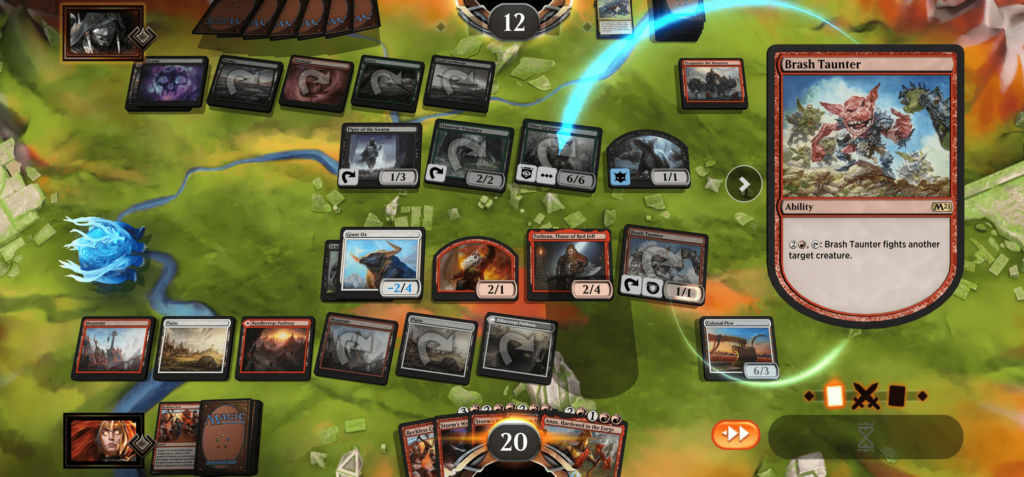
This Easing and Erasing results in Byte sized snacking and satisfying core loop sessions – which fits just under 3-4 minutes…perfect for a casual mobile player!
Conclusion:
- While there might be no exact reductive formula or recipe that goes into making of a mass appeal hit game, there definitely are quantifiable patterns and frameworks which can be leveraged to scale the gameplay for mass F2P audience.
- The Load reduction framework which utilises “Easing & Erasing” of loads is based on attitudinal/behavioural traits, heuristic framework & preferences of casual to mid core F2P audience, which developers and designers have been (consciously or subconsciously) using to simplify complex game mechanics for mobile
- CoD Mobile, Marvel Contest, Marvel Snap bring highly addictive (but complex) traditionally popular PC/Console genres like FPS, Brawler and CCG to mobile. As we analysed above, without load reduction which aids gameplay adaptation, these games could have easily overwhelmed casual mobile players, even if they had a huge IP backing them up.
With proven pedigree, traditionally popular but relatively complex PC/Console game genres will always be a source of inspiration for mobile F2P games. By using Load reduction framework consciously, developers and designers now have another powerful tool in their arsenal to get the experience right for mobile and achieve mass market appeal!
If you liked this article, please feel free to check out my other game deconstructs at https://www.uxreviewer.com/ or get in touch for consulting queries. Feel free to connect with me for future articles.